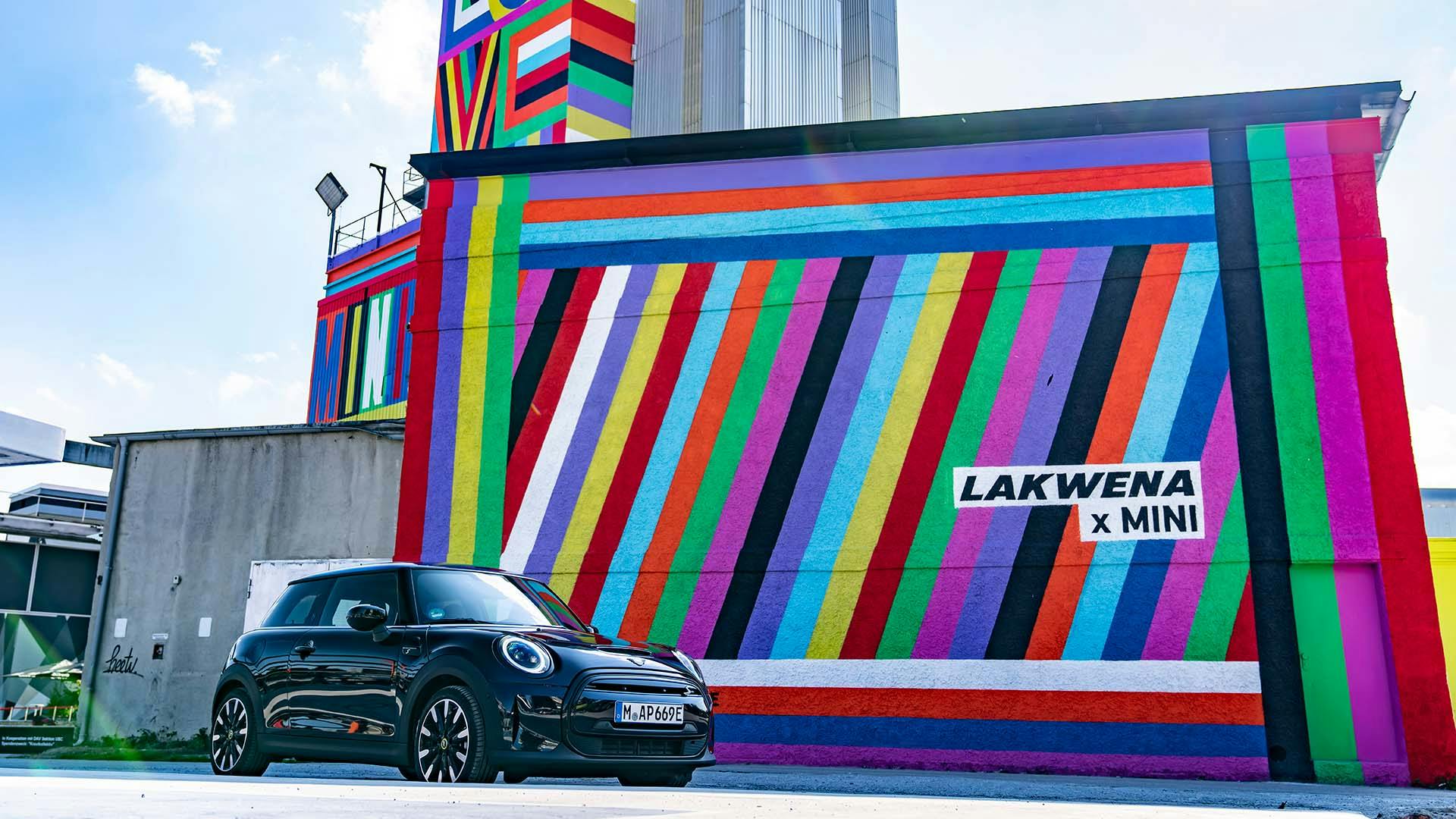Mini has finally spilled more details on its future product offensive as it moves toward full electrification alongside parent company BMW Group. By the early 2030s, Mini will be an all-electric brand and its offensive starts in the next two to three years with the arrival of four new vehicles. In 2023, Mini will present the first of its new generation of battery-electric vehicles, which will include a new two-door Hardtop hatchback and a subcompact crossover. It expects 50 percent of its global sales to consist of EVs by 2027. The last internal combustion Mini model will launch in 2025.
The John Cooper Works performance arm will double down on electrification too. Mini vehicles wearing the JCW badge will remain enthusiast-focused to preserve the agile, tossable driving experience that the British brand’s vehicles have been known for. In the crossover segment, the next-generation Countryman will serve as a steppingstone for consumers looking to transition to electrified mobility when it launches in 2023. This model will be available with an electrified powertrain, which we suspect is the plug-in hybrid system that just debuted on the second-generation BMW 2 Series Active Tourer. In the same year, Mini will introduce its first dedicated battery-electric vehicle, a small crossover that will likely be aimed at the likes of the Audi Q3 and Volvo XC40.
The next Countryman will be the first Mini model to be built in Germany since production will shift to BMW Group’s Leipzig plant. The majority of Mini models including the next Convertible launching in 2025 will remain in the Oxford facility. China will also serve as a production hub for electrified Mini models and focus mainly on subcompact and compact cars. It will bolster production to meet local demand there and in other markets with strict emissions regulations. The next-generation Mini Convertible is the final model in the upcoming product offensive and will be all-electric.
Mini’s transition to full electrification won’t happen immediately as it plans a more gradual shift as it moves toward its prime goal. The next-generation two-door Hardtop and Countryman, for instance, will also be offered with internal combustion engines. However, we suspect they’ll have 48-volt systems like the 2 Series Active Tourer. That model offers a not-so-mild hybrid setup in the 223i, which couples a 1.5-liter turbocharged three-cylinder with a 19-hp electric motor for a combined output of 218 hp. We think that will be the powertrain on the next Countryman S while the Countryman SE gets the new plug-in hybrid system using the same engine but couples it to a more powerful electric motor and a 14.9-kWh battery pack.
These four models are most likely underpinned by BMW Group’s new FAAR platform, which is already used on the 2 Series Active Tourer and will also be on the next X1. This architecture has been optimized to accommodate internal combustion, plug-in hybrid, and fully electric powertrains. That also means the battery packs on the electrified models will be under the floor, freeing up cargo interior space while lowering the center of gravity.
As part of its electrification offensive, Mini will also push for more extensive use of secondary raw materials to preserve natural resources. That means it will use more recycled materials for the production of new vehicles. The interior will see extensive utilization of components made from recycled PET bottles, fishing nets, and repurposed aluminum. This also means Mini will gradually replace leather with fabric made from recycled and natural materials to minimize their vehicle’s environmental impact.

